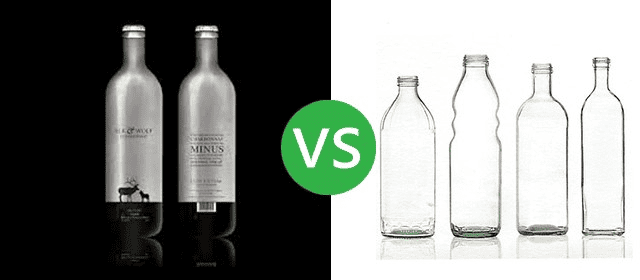
Most people agree that plastic bottles are bad for the environment, especially when they are dumped in the water or leave a mess along tourist routes. If they are recycled or used again, they pose no issue.
Many would argue that glass packaging is more eco-friendly than plastic because it is a more natural material requiring less energy to produce and recycle.
People also believe that all plastics release toxins into the materials of the containers they are used in. For the following reasons, glass is not all it’s cracked up to be.
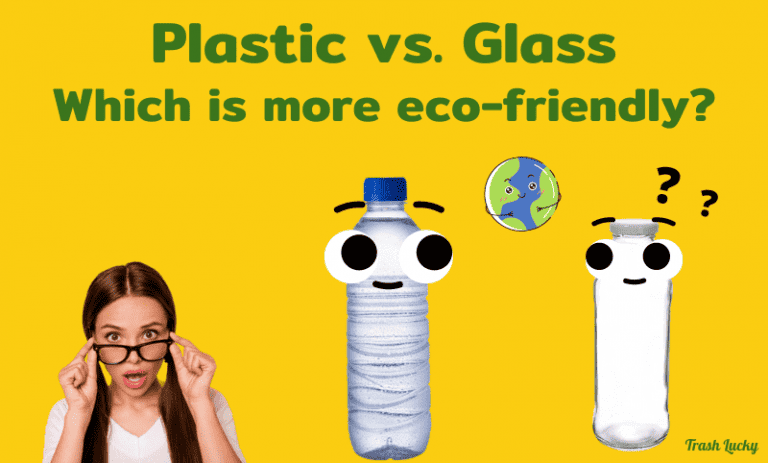
Plastic has become widely used because it is a valuable resource. Some of its main advantages as a material are as follows:
- It is inexpensive and multifunctional, as many forms of plastic are suited to numerous uses).
- Glass requires twice as much energy to produce; it breaks easily; it is more expensive to ship; it requires more energy to recycle; it produces more pollution throughout the manufacturing, shipping, and recycling processes; and it produces more greenhouse gases than plastic.
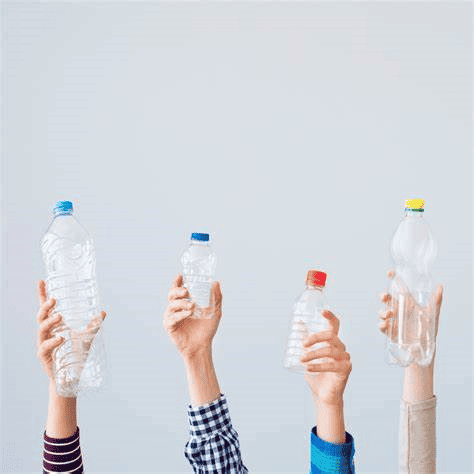
The important thing is to avoid contributing towards our global plastic crisis. Here’s how:
- Get rid of all single-use plastic items.
- Recycle wherever you can, reuse and repurpose existing plastic, and refrain from purchasing new plastic.
Plastic is the perfect material to contain beverages. It is lightweight, allowing for transporting more goods with fewer emissions, and is chemical resistant, ensuring that the contents in your drink do not break down the plastic. Accordingly, in our analysis, plastic had a much less effect on global warming than glass.
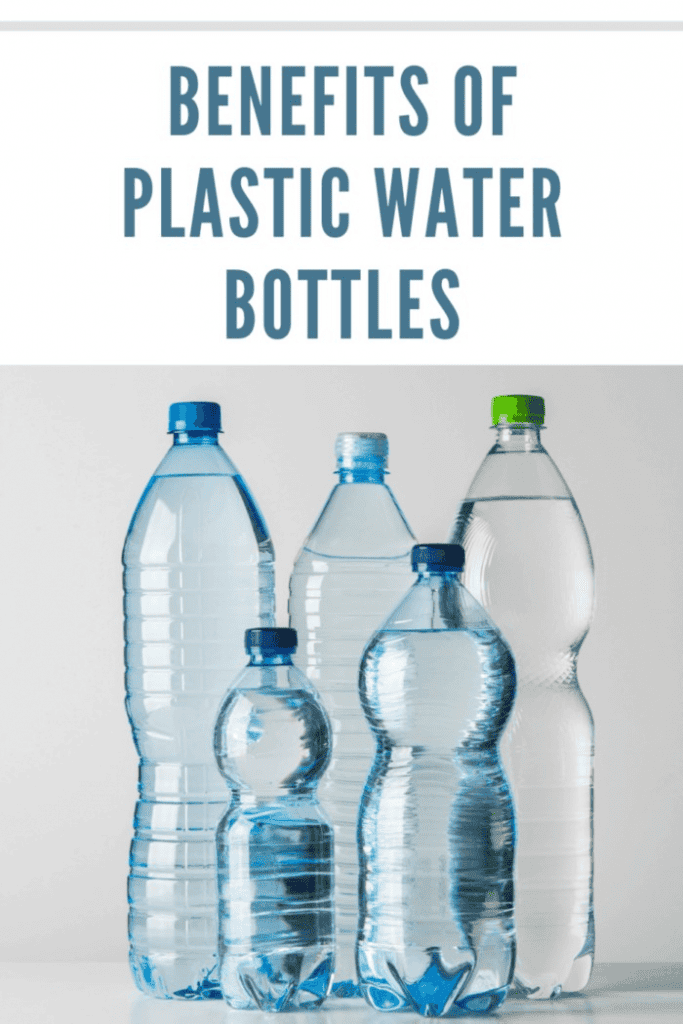
A few justifications exist for its widespread use in manufacturing and other products. Plastic is relatively light, for starters. Its affordability and great versatility usually make it a favourite among manufacturers. It is used in various products, including medical equipment, computers, and packaged foods.
- Lightweight:
Is glass lighter than plastic in terms of weight? Not at all. The light weight of plastic is one of its main benefits. Because of this, it’s a perfect material for making containers for goods that need to be carried over long distances.
Because they are lightweight, plastic bottles and containers package everything from drinks to cleaning supplies. Because plastic is lightweight, shipping the products is simple and affordable, contributing to a decrease in greenhouse gas emissions during transportation.
- Adapted To Users
Not only is plastic reasonably priced, but it is also highly versatile. It can be produced in various ways, from delicate and elastic to robust and intricate. It is, therefore, a common choice for packaging goods of all sizes and forms. It is perfect for various purposes since it can be moulded into nearly any shape.
Plastic’s adaptability also contributes to its widespread use in packaging. For example, plastic containers and bags package everything from electronics to food. In addition, plastic is used to produce furniture, toys, and medical equipment.
- Protect and preserve goods
There’s a reason why you see it in the grocery store more often than glass these days. Plastic containers work wonders at locking in flavour and keeping it fresh for a long time, and technology has advanced significantly in recent years.
- Reduced transportation weight
Because glass weighs far more than plastic, shipping glass-packed goods must include additional padding to ensure their safety. Truckloads of plastic-packed goods can be transported for a significant discount due to plastic’s lightweight. For their line of peanut goods, Planters moved from glass to plastic in 2012, which resulted in an astounding 84% reduction in shipping weight!
- Lower Transportation Costs
Glass weighs more than plastic in comparison. Look at these measurements: Compared to HDPE plastic, which has a density of about 0.9 g/cm3, glass has a density of about 2.6 g/cm3. Glass thus weighs about three times as much as plastic of the same size. Furthermore, weight can be decreased by making plastic containers thinner than glass bottles.
- Low Cost for packaging
The inexpensive nature of plastic is an additional noteworthy benefit. Plastic is usually the most economical option for packaging compared to materials like steel or glass. This makes it a reasonably priced substitute for companies requiring large-scale packaging, such as beverage and food manufacturers.
Plastic is an inexpensive material perfect for packing due to its low weight. In addition, plastic is lighter than heavier materials like glass, making handling and transporting goods easier.
- Production Costs
Glass has a higher production cost than plastic, which is a cost disadvantage from the outset. Glass and plastic packaging are made similarly, with the materials heated and moulds used to give the materials the proper thickness and shape. The energy needed to produce each bottle is where glass production varies from plastic, though.
In general, glass melts at temperatures between 1400°C and 1600°C. In contrast, plastic melts at a temperature of only 170°C, which is significantly lower. This means that shaping and producing plastic uses a lot less energy.
Additionally, improvements in moulding technology keep reducing plastic costs since they allow bottles to be formed faster and with less heat, consuming even less energy. When considering the entire process, the production of plastics is more efficient than that of glass.
- Performance and energy-efficient
Modern plastics work effectively in various conditions, from intense heat to frigid temperatures. Plastic is more energy-efficient and produces less carbon dioxide than glass because it melts at a lower temperature.
- Highly durable
Most plastic containers are made to withstand minor abrasions without shattering or cracking. Being assertive also makes it possible to load more goods without worrying about them breaking into transport containers or tractor-trailers.
- Shipping and Handling Loss
The process of shipping is intricate, time-consuming, and frequently costly. During the shipping procedure, a lot happens:
a. The empty bottles are transported to the filling station;
b. The bottles are then filled. They need to be filled and then delivered to the customer’s location.
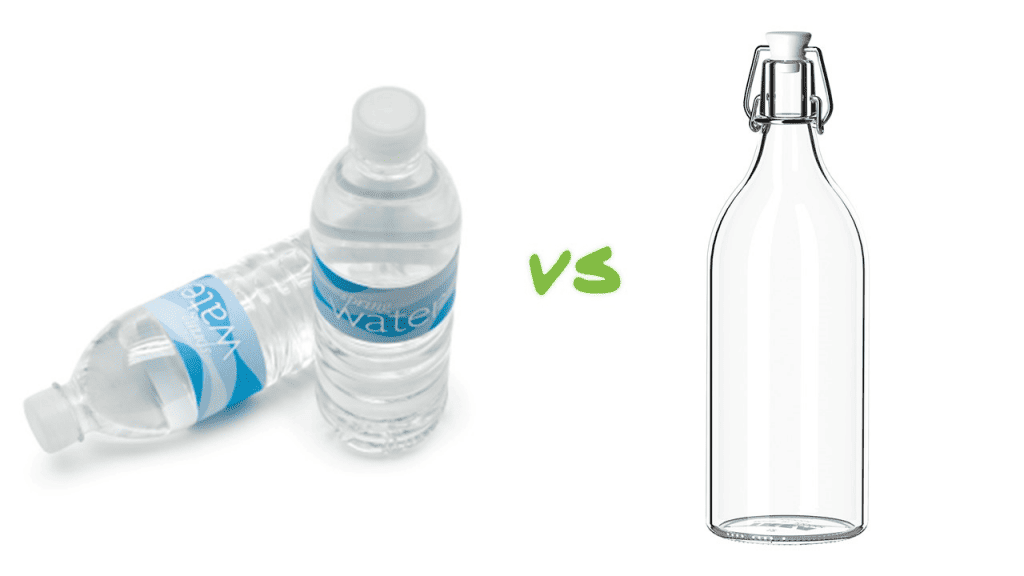
This multi-stage process has a lot of space for possible problems, including product loss. The likelihood of damage increases with the frequency of handling glass bottles, whether in the shipping or filling procedure. Glass can readily broken. This not only compromises your financial line but also raises safety concerns.
It is usual for there to be some trembling and jostling during shipment. The glass becomes more prone to breaking, chipping, and cracking. Plastic, on the other hand, is more resilient and does not shatter or crack.
For instance, contrast an HDPE plastic jar with a two-glass jar. Both jars are assumed to be size identical and have a 53mm neck opening. The approximate weight of a glass jar with a neck opening of 53 mm is 82.2 grams. By contrast, the weight of the plastic container is only about 13.0 grams. This indicates that 6.3 plastic jars must weigh the same as one glass jar. This is a significant difference, particularly when purchasing pallets of bottles in large quantities.
This illustration demonstrates how significantly the weight difference between glass and plastic may affect both your profit margin and the cost of transportation.
High-density polyethene, like HDPE and PET, can support a more secure, circular economy. Both of these resins are highly recyclable and contain BPA. This indicates that they are recyclable and sustainable—a concept known as a circular economy—as long as they are brought back into the loop.
Approximately 7 per cent of our products are polypropylene (PP) containers. This material, used in various food and nonfood packaging, is only occasionally thought to be recyclable due to the small number of recycling facilities that handle it.
Why not, though, use glass? This is an excellent query. It’s a popular misconception that glass is better than plastic due to its premium association and apparent environmental advantages. On the other hand, PET might look similar to glass because of its reduced haze value. Additionally, it can produce distinctive shapes that make a brand stand out on the shelf. Lastly, PET has a long shelf life and can protect the contents inside the package in a manner comparable to that of glass.
Most people may be aware that sand and other naturally occurring minerals are used to make glass. To put it simply, glass is created from “liquid sand.” Most people are unaware sand has a very high melting point of 3090°F or 1700°C. A hot furnace requires a tremendous amount of energy to heat. For instance, an independent life cycle study found that producing 1,000 glass bottles uses 8,910 Megajoules of energy, whereas producing 1,000 PET plastic bottles only uses 7,458 Megajoules. In this instance, using plastic instead of glass results in an 18% energy savings. Furthermore, the investigation revealed that PET contributed only 20.7 kg03 of smog air throughout the glass production process, whereas glass generated 46.2 kg03. That implies that switching from glass to PET can result in a 76% reduction in air pollution!


